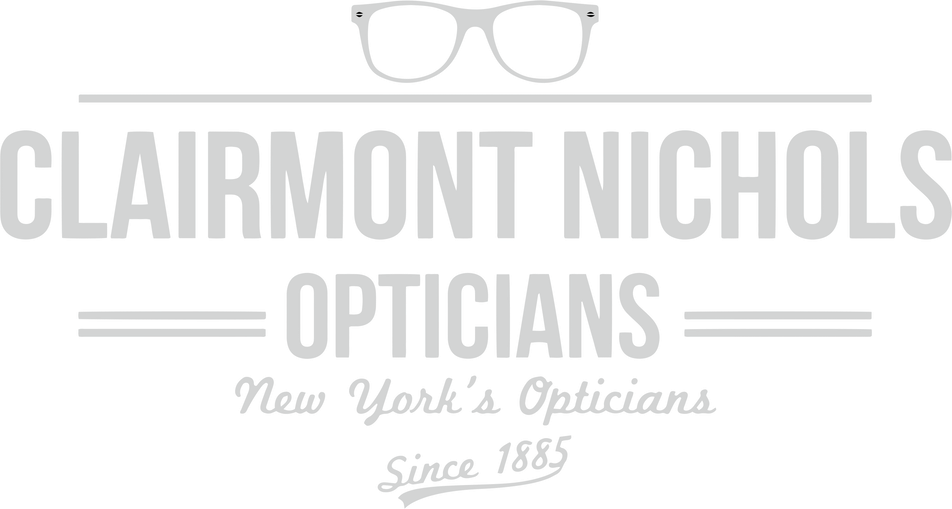The Evolution of Eyewear: From Necessity to Fashion Statement
Eyewear has come a long way since its humble beginnings as a practical tool to aid vision. From its early roots as a necessity to correct eyesight, eyewear has evolved into a fashion statement, showcasing style, personality, and even cultural significance. In this blog post, we will delve into the fascinating journey of eyewear, exploring how it transitioned from a purely functional accessory to an iconic fashion staple.
1. The Emergence of Necessity:
Eyewear's earliest origins can be traced back to ancient civilizations, where the need for vision correction was recognized. Historical records reveal that the ancient Egyptians, Greeks, and Romans experimented with various techniques to enhance their vision, utilizing rudimentary lenses made of polished quartz or glass. However, these early spectacles were reserved for the privileged few and remained relatively inaccessible to the masses.
2. The Renaissance of Vision:
The true revolution of eyewear occurred during the Renaissance period when advancements in technology and craftsmanship allowed for the production of improved lenses. It was in the 13th century that the first wearable spectacles with frames made their appearance, consisting of metal or bone rims held together with rivets or silk threads. This breakthrough made eyewear more practical, comfortable, and accessible to a wider audience.
3. Function Meets Fashion:
In the 18th and 19th centuries, eyewear underwent significant transformations. Frames became more ornate, incorporating elements of fashion and style. This marked the beginning of eyewear's evolution into a fashion accessory. Frames made of materials like tortoiseshell, gold, and silver became highly sought after, signifying wealth and status. The industrial revolution also played a crucial role in the mass production of eyewear, making it more affordable and readily available to the general public.
4. The Rise of Eyewear Brands:
As the 20th century unfolded, eyewear began to make a definitive fashion statement. The birth of eyewear brands, such as Ray-Ban and Persol, brought forth iconic styles that became synonymous with specific eras. Aviator sunglasses, popularized by Ray-Ban, became a symbol of the daring and adventurous spirit of the early 1900s. Likewise, the cat-eye frames of the 1950s exuded femininity and glamour, reflecting the changing cultural landscape of the time.
5. Eyewear in Pop Culture:
Eyewear's influence on popular culture cannot be underestimated. Countless movie stars, musicians, and fashion icons have embraced eyewear as an integral part of their personal style, elevating its status as a fashion statement. Audrey Hepburn's iconic oversized sunglasses in "Breakfast at Tiffany's," or John Lennon's round spectacles, have become synonymous with their respective eras and continue to inspire fashion trends even today.
6. Eyewear as a Form of Self-Expression:
Eyewear has evolved beyond its functional role to become a means of self-expression and individuality. From bold, oversized frames to sleek, minimalist designs, eyewear offers endless possibilities for showcasing personal style. People now choose frames that complement their facial features, match their outfits, or even reflect their personality. Designer collaborations, limited editions, and customizable options further emphasize the notion of eyewear as a unique fashion accessory.
The evolution of eyewear from a necessary tool for vision correction to a fashionable statement has been a remarkable journey. Throughout history, it has transcended its functional purpose, becoming an integral part of cultural and fashion movements. Eyewear's fusion of style and utility has made it a versatile accessory, capable of transforming one's look and making a lasting impression. As we move forward, it will be fascinating to witness how eyewear continues to adapt, innovating and captivating us with new designs, materials, and technologies, ensuring its perpetual place in the realm of fashion and self-expression.
